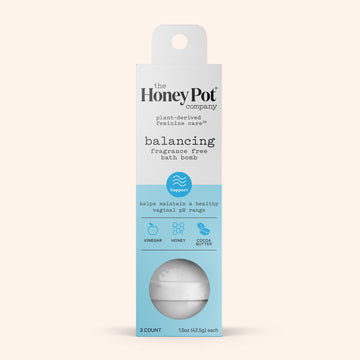
Sex
Forms of Birth Control Other Than The Pill
"The Pill,” it has become synonymous with what most women utilize as the most common form of birth control. The pill comes in many different varieties and all are effective at preventing pregnancy if taken every day at the same time, but there are many different types of birth control other than the pill. If taking a pill everyday isn’t for you, below are a few alternate methods of long-term birth control to consider:
- IUD, Intrauterine Device:This is a device inserted into your uterus that prevents sperm cells from moving in to fertilizing an egg. There are two different versions of IUDs, some are simply a device made of copper inserted to block sperm (sperm hates copper), so there are no hormones used. Other IUD versions use hormones that thicken your cervical mucus that blocks sperm fertilization and/or prevent ovulation. All of these are a great option for someone who wants long-term protection. Once inserted at your doctor’s office or health center they can last up to 7 years and are not permanent. The insertion process usually takes less than 10 minutes and is non-invasive, although some women may experience cramping and may want to take it easy following an insertion appointment. There will be a short string (1 to 2 inches) left towards the top of your cervix so that your doctor can later remove the IUD, but you shouldn’t notice or tug on the string. You can choose when to remove it, and after that will begin to ovulate normally and can become pregnant.
- The Birth Control Shot: The Depo shot, or DMPA (Depo-Provera shot) contains the hormone progestin, which keeps your body from ovulating, so you are not able to get pregnant. The shot lasts for 3 months at a time and must be given in your doctor’s office or at a health center 4 times a year. It’s a good idea to pre-plan your appointments in advance so that you never miss a shot and have the full preventative protection from the shot.
- The Birth Control Patch: This patch is applied on the skin of your belly, upper arm, butt or back and releases hormones that prevent pregnancy. The patch is waterproof, so it’s safe to shower, swim and exercise without worrying about it coming off.You replace the patch each week for 3 weeks, then you don’t wear it during the week of your period. In order for the patch to work properly it’s important to keep track of your patch dates to stay on schedule and replace the patch on time every time. It’s also important to follow all instructions for properly storing each patch.
When used properly, all of these birth control options are 99% effective at preventing pregnancy. None of these kinds of birth control protect against sexually transmitted infections (STIs) so it’s a good idea to always use a condom with your other birth control method to protect against any infections. Check out more of our sexual health tips, so you can stay safe and healthy.







